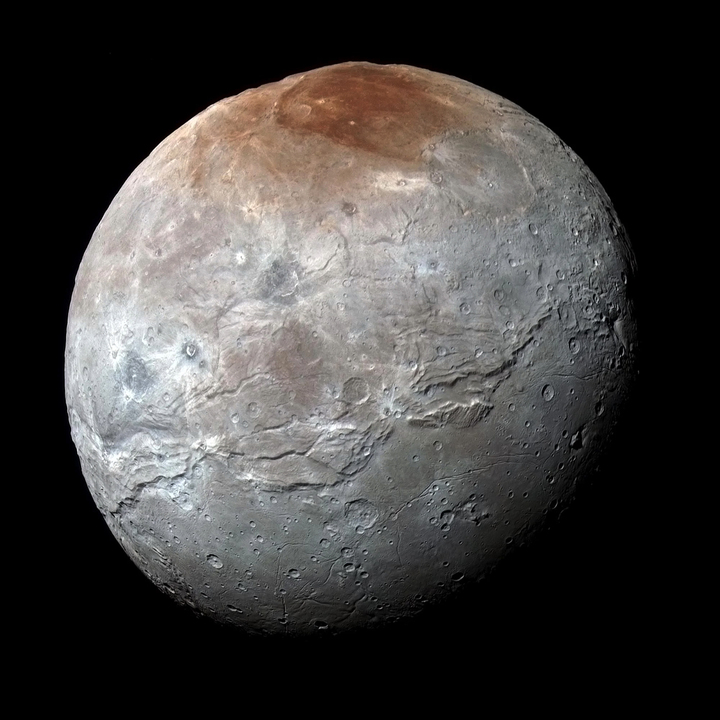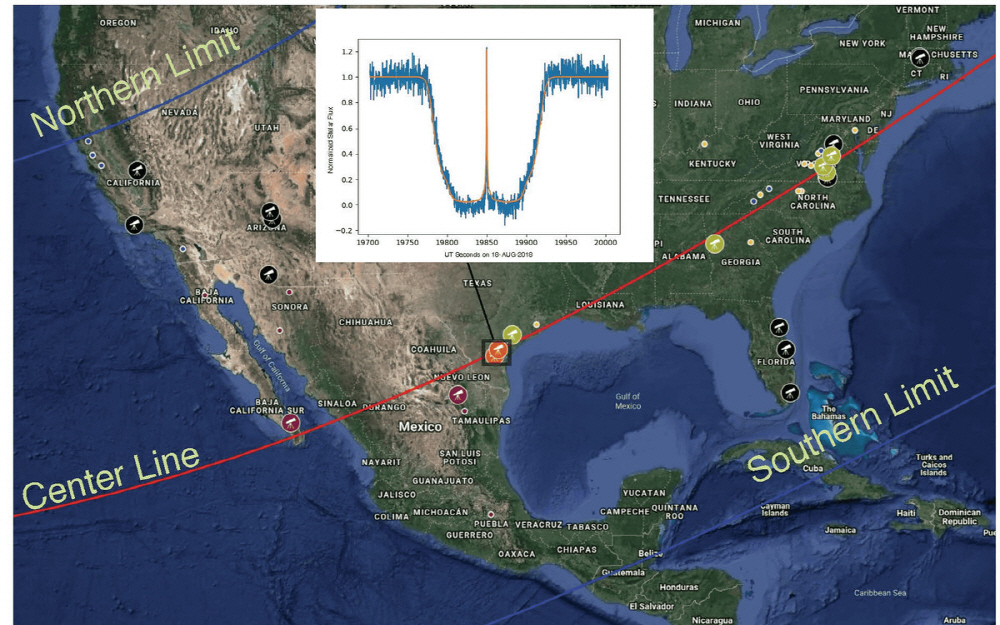
On August 15, 2018, when Pluto passed next to the Sun, the Southwest Research Institute’s SwRI Astronomy Team observed Pluto’s atmosphere overlapping the Sun at various points in the United States and Mexico. Measurements of Pluto’s thin atmosphere in this obscurity have found strong evidence indicating that the atmosphere refreezes on the surface as Pluto moves away from the sun.
The research team said that occlusion has been used to observe changes in Pluto’s atmosphere since 1988. In 2015, when the unmanned probe New Horizons approached and passed Pluto, it measured air density and found that Pluto’s atmospheric density was increasing. reveals that the increase has been discontinued.
Observation of occlusion by celestial bodies with an ordinary atmosphere darkens as light passes through the atmosphere. In other words, when looking at the amount of light and time, it is U-shaped around the moment of cover. However, in the observation in 2018, it is said that the central flash phenomenon, in which the amount of light is revived during the moment of cover, occurred and a W-shaped graph was drawn. The observed central flash event is said to be so strong that no one has ever seen it in Pluto observations. As a result, they claim that Pluto’s atmospheric density is smaller than ever before.

Like Earth, Pluto’s atmosphere is mainly nitrogen. However, the density of Pluto’s atmosphere depends on the vapor pressure of nitrogen ice on its surface, and changes in surface ice temperature will significantly change the density of the atmosphere. Pluto takes 248 years to orbit the Sun, and the distance from the Sun to Pluto varies from 30 to 50 AU. As Pluto moves away from the Sun, the amount of light reaching Pluto from the Sun decreases, and the vapor pressure of the ice decreases, which in turn decreases the density of the atmosphere.
According to the research team, Pluto has been moving away from the sun for 25 years, but its vapor pressure and atmospheric volume are increasing due to thermal inertia. The research team said that thermal inertia is analogous to the phenomenon of the sun warming the sand on the sandy beach. This is how the atmosphere persists even though Pluto is moving away from the sun. It explains that the atmospheric density is believed to be increasing because Pluto’s surface warmed by sunlight kept the nitrogen ice warm, causing gaseous nitrogen to continue to rise.
However, since around 2018, Pluto’s surface has finally started to cool, so it is said that Pluto’s atmosphere is also thinning. The research team believes that the observational data may improve our understanding of Pluto’s substratum and explain Pluto’s composition in thermal conduction. Related information can be found here.

